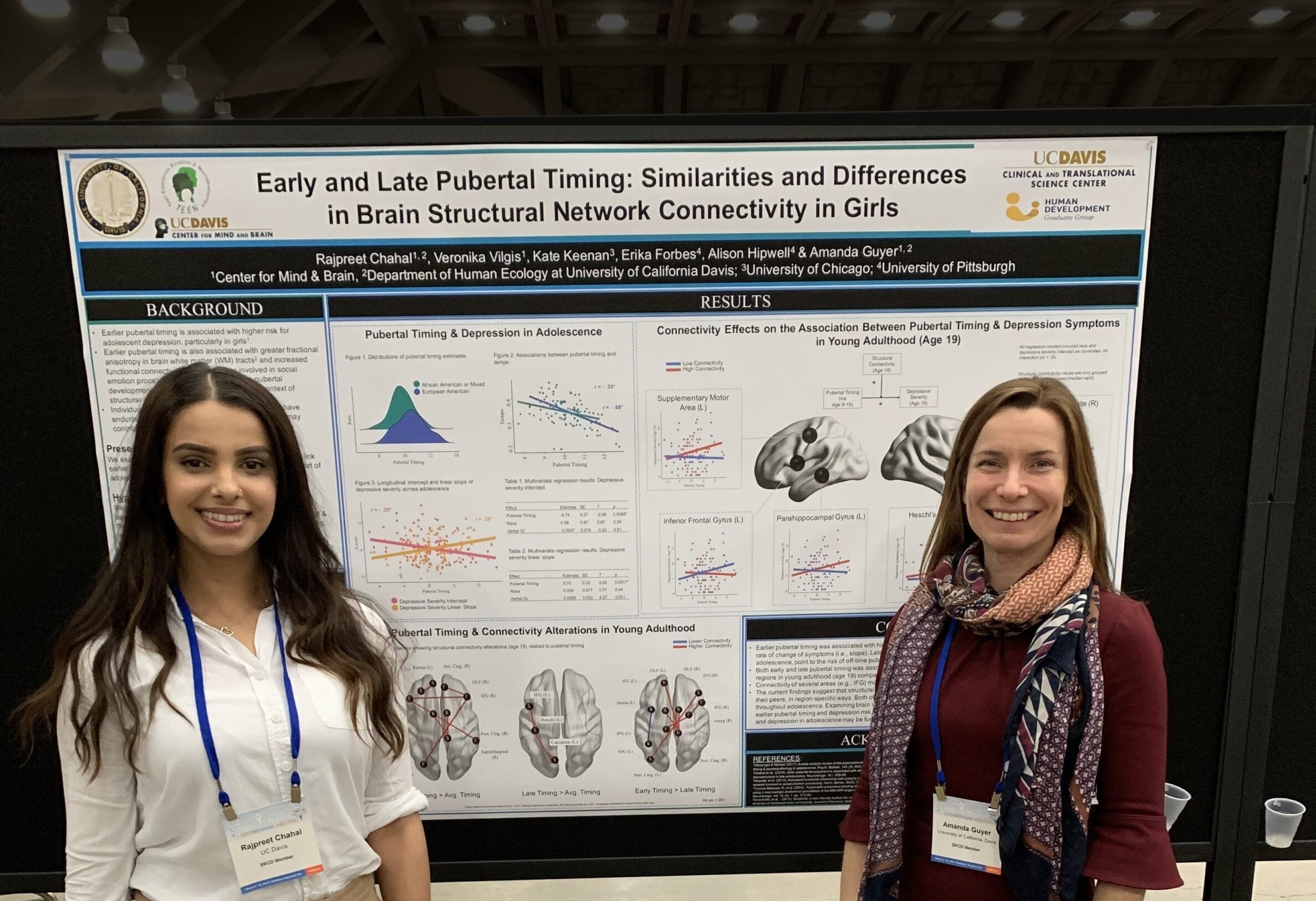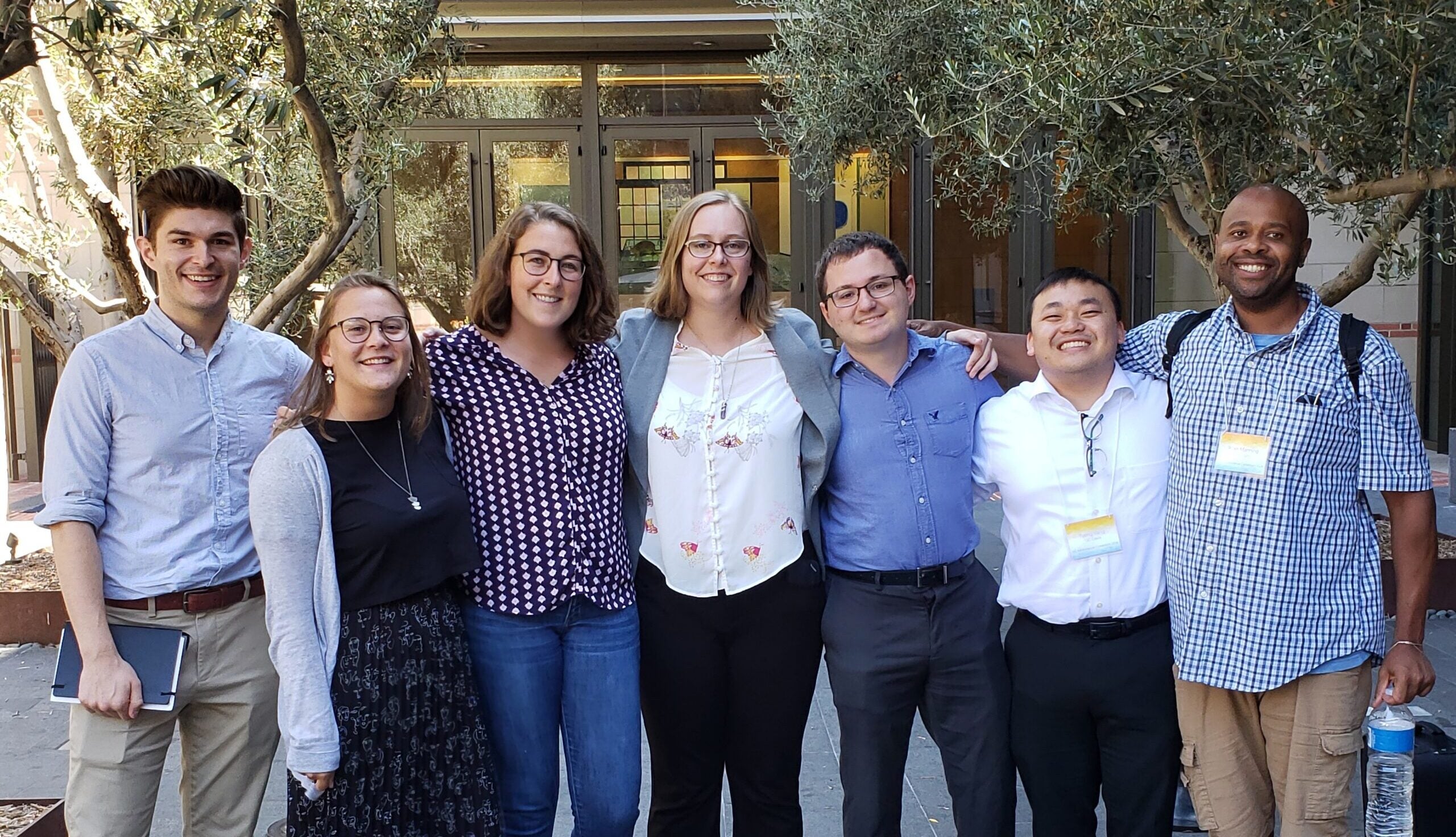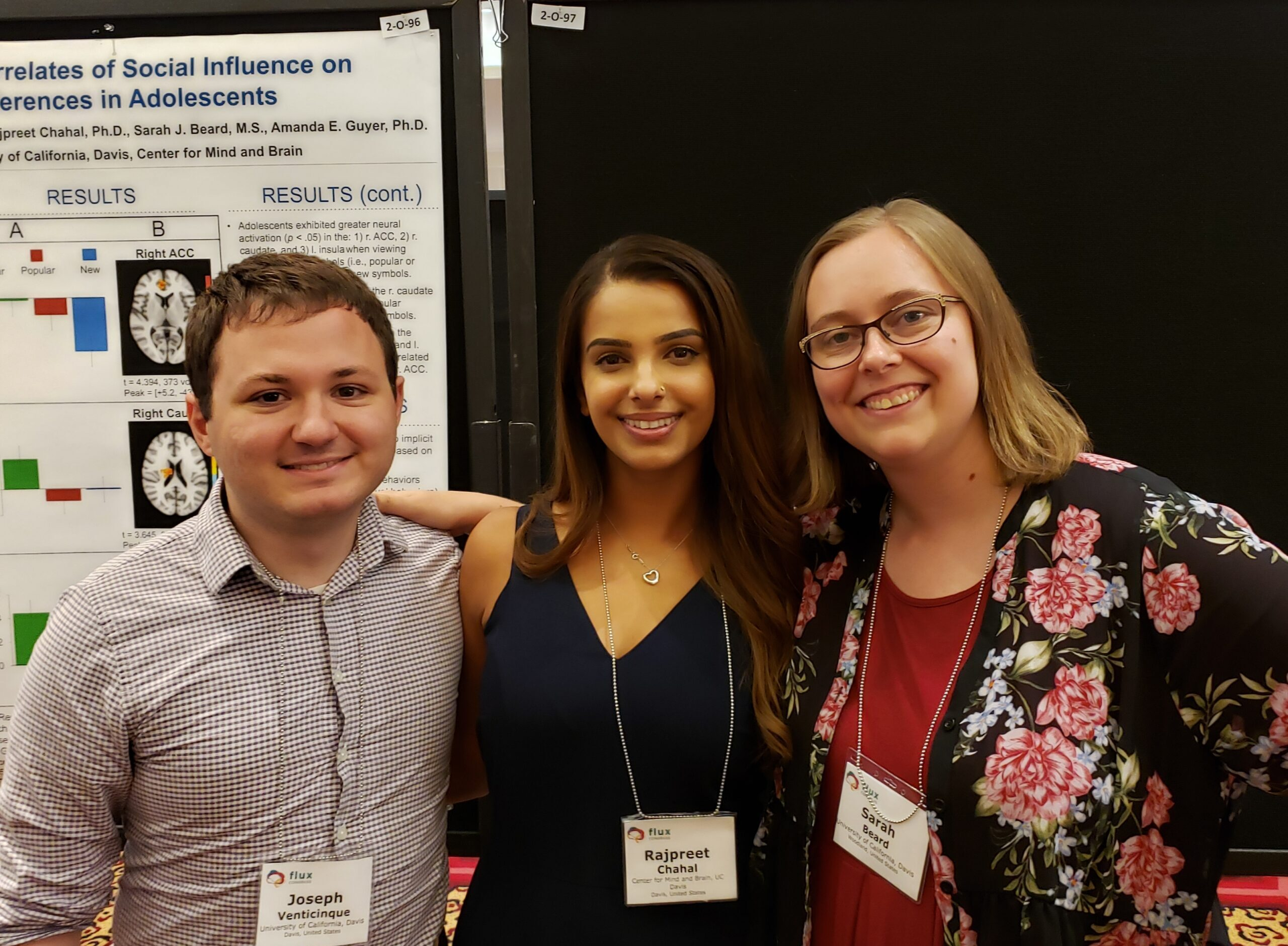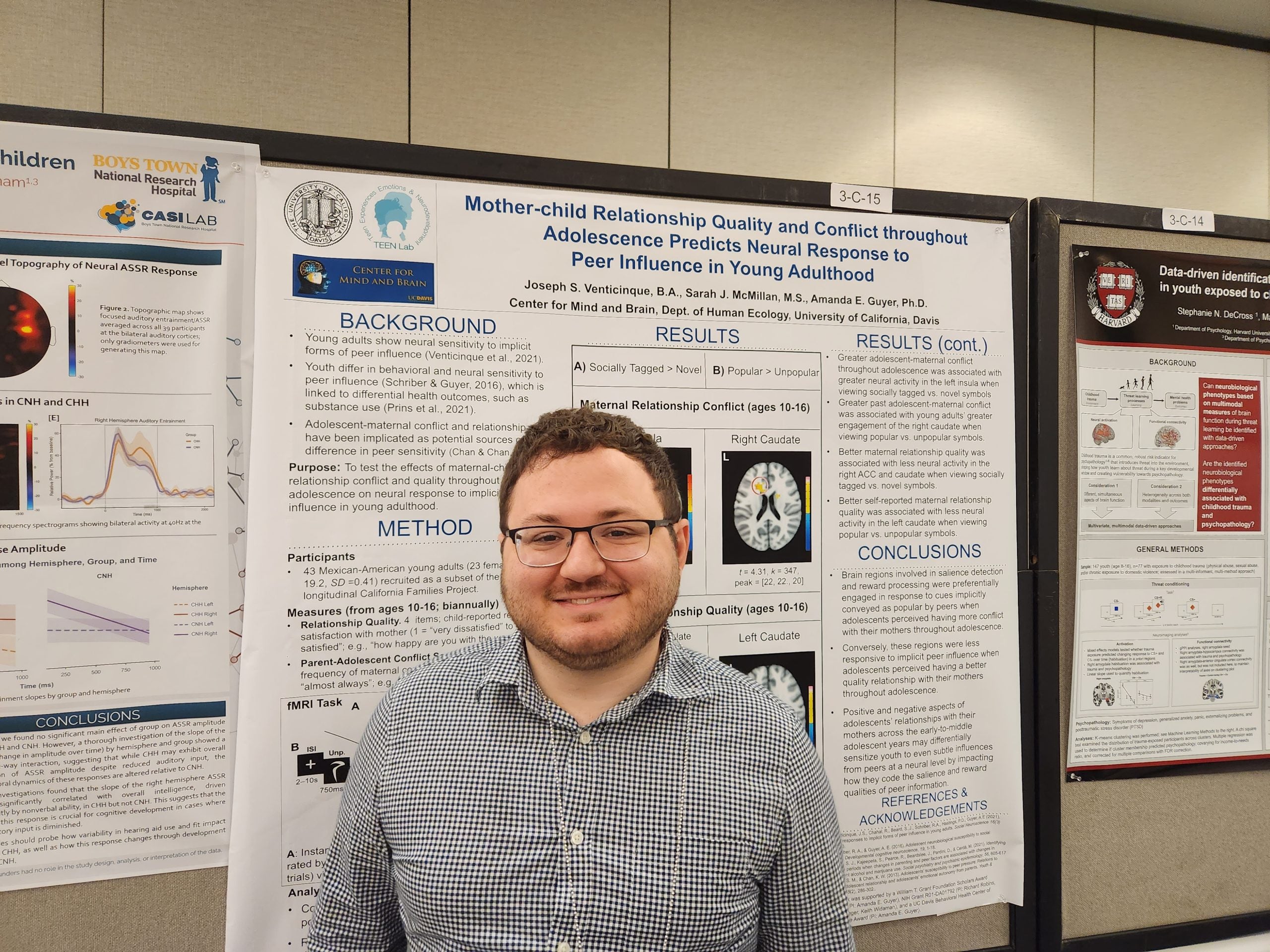E E Nelson and A E Guyer (2011). Dev Cogn Neurosci, 1(3):233-245.
Over the last several years a number of studies in both humans and animals have suggested that the orbitofrontal and ventrolateral prefrontal cortices play an important role in generating flexible behavior. We suggest that input from thesebrain regions contribute to three functions involved in generating flexible behavior within social contexts: valuation, inhibition, and rule use. Recent studies have also demonstrated that the prefrontal cortex undergoes a prolonged course of maturation that extends well after puberty. Here, we review evidence that the prolonged development of these prefrontal regions parallels a slowly emerging ability for flexible social behavior. We also speculate on the possibility that sensitive periods for organizing social behavior may be embedded within this developmental time-fame. Finally, we discuss the role of prefrontal cortex in adolescent mood and anxiety disorders, particularly as orbitofrontal and ventrolateral prefrontal cortices are engaged in a social context.




